Title: Beyond Cookies: Unveiling the Hidden Trackers Threatening Your Online Privacy
In the vast expanse of the digital realm, privacy has become an increasingly elusive concept. As we navigate through the virtual landscape, our every move is meticulously tracked and recorded, often without our knowledge or consent. While many are aware of the ubiquitous presence of cookies, there exists a myriad of other clandestine trackers lurking in the shadows, posing a grave threat to our online privacy.
Cookies, those tiny snippets of data stored on your device by websites, have long been synonymous with online tracking. They enable websites to remember your preferences, login credentials, and browsing history, ostensibly enhancing user experience. However, the extent of their tracking capabilities is often underestimated. From targeted advertising to user profiling, cookies can paint a comprehensive picture of your online activities, leaving little room for anonymity.
But cookies are just the tip of the iceberg. Behind the scenes, a multitude of other tracking technologies operate surreptitiously, further eroding our privacy. One such example is device fingerprinting, a sophisticated method used to identify and track users based on unique attributes of their device, such as browser configuration, operating system, and hardware specifications. Unlike cookies, which can be easily deleted, device fingerprints persist even after clearing browsing data, rendering traditional privacy measures ineffective.
Another insidious form of tracking comes in the form of pixel tags, also known as web beacons or tracking pixels. These minuscule, invisible images embedded within web pages allow third parties to monitor user behavior, such as email opens, website visits, and interactions with online content. Often employed by advertisers and analytics companies, pixel tags enable granular tracking without the user’s knowledge, facilitating the creation of detailed profiles for targeted marketing campaigns.
Moreover, the proliferation of cross-site tracking techniques further compounds the privacy dilemma. Through mechanisms like third-party cookies and tracking scripts, companies can follow users across different websites, aggregating data to construct comprehensive user profiles. This pervasive tracking not only compromises individual privacy but also raises concerns about data security and misuse, as evidenced by numerous data breaches and privacy scandals in recent years.
In response to these growing concerns, regulatory bodies worldwide have begun to take action to safeguard consumer privacy. Initiatives such as the General Data Protection Regulation (GDPR) in Europe and the California Consumer Privacy Act (CCPA) in the United States aim to empower users with greater control over their personal data and impose stricter regulations on data collection and processing practices. However, the effectiveness of these measures remains a subject of debate, with many loopholes and challenges yet to be addressed.
As individuals, there are steps we can take to mitigate the risks posed by hidden trackers and protect our online privacy. Utilizing privacy-focused browser extensions and tools, such as ad blockers, tracker blockers, and VPNs, can help limit tracking and maintain anonymity while browsing the web. Additionally, exercising caution when sharing personal information online and regularly reviewing privacy settings and permissions can further bolster our defenses against invasive tracking practices.
Ultimately, the battle for online privacy is an ongoing struggle, requiring vigilance and collective action to uphold our fundamental right to privacy in the digital age. By raising awareness about the hidden trackers threatening our privacy and advocating for stronger privacy protections, we can strive to create a safer and more secure online environment for all users. Only through concerted efforts and informed choices can we reclaim control over our digital identities and preserve our privacy in an increasingly interconnected world.
